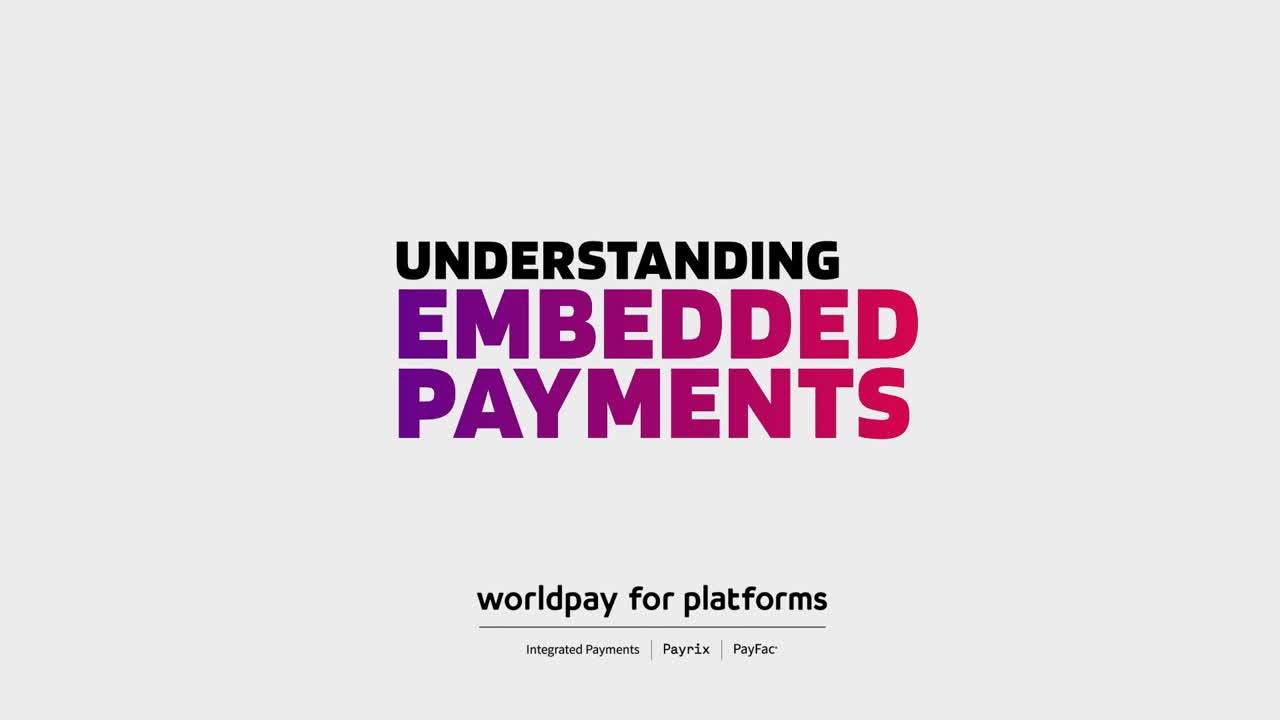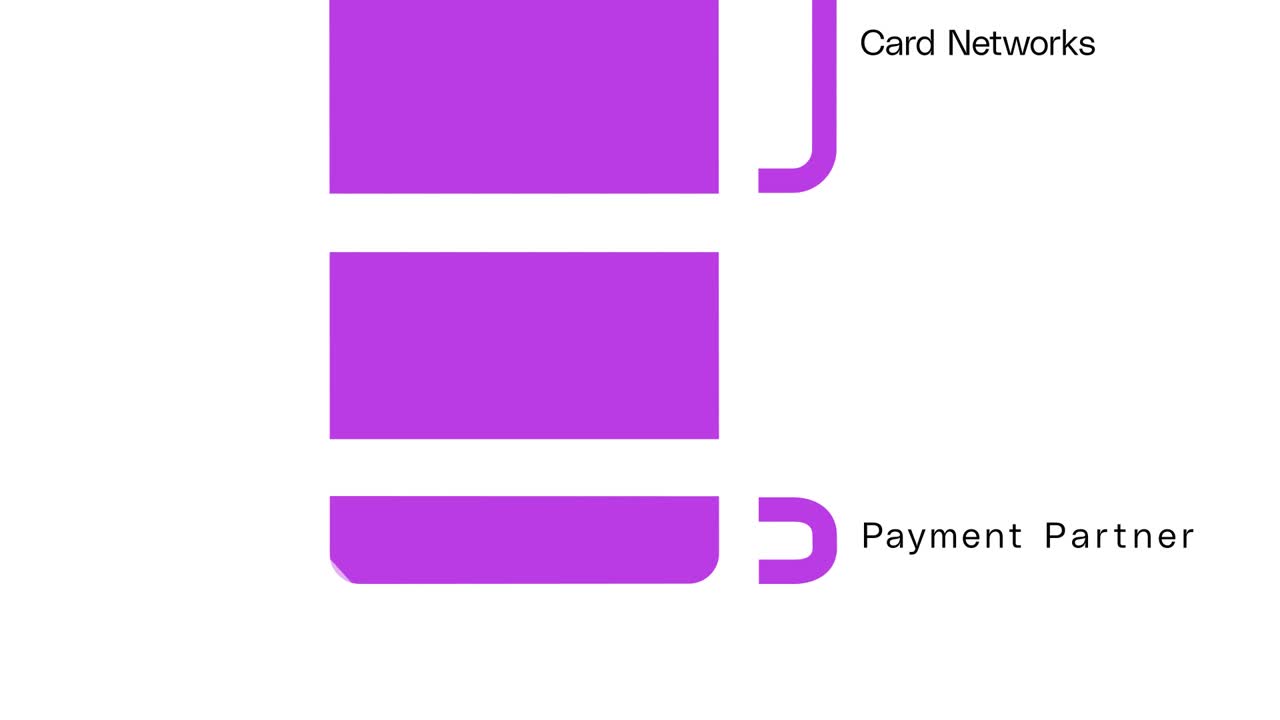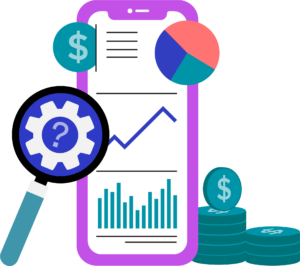In a market shaped by fierce competition, emerging technologies, and dominating customer expectations, B2B software companies have evaluated many angles of differentiation to keep the attention of their customers. Among the most recent strategies proving successful for software companies is Embedded Payments. In fact, a recent report from IDC estimates that by 2030, 74% of global digital payments will be processed through platforms owned by non-financial institutions, including software companies. Compared to other strategies to generate additional revenue streams, Embedded Payments offer a streamlined path for pulling in new income.
But there’s much more to Embedded Payments than their monetization value.
What are Embedded Payments?
Embedded Payments are the integration of payment acceptance or payment processing into an existing software platform.

There are three main models of Embedded Payments, each with their own set of features, benefits, and considerations:
- Referral partnerships (or integrated payments)
- Payment facilitation (PayFac)
- Payment facilitation-as-a-Service (PayFac-as-a-Service)
Let’s explore the differences between each Embedded Payments model and how they can be implemented by software companies.
How can software companies embed payments?
- Referral partnerships
- Payment facilitation (PayFac)
- Payment facilitation-as-a-Service (PayFac-as-a-Service)
To summarize there are three Embedded Payments models available to software companies today: referral partnerships (also known as integrated payments), PayFac, and PayFac-as-a-Service. For a side-by-side comparison of each Payrix solution and how they may satisfy your needs, check out this chart.
Embedded vs. integrated payments: What’s the difference between referral partnerships, PayFac, and PayFac-as-a-Service?
The greatest differentiator among these model types is the level of control (and revenue sharing opportunity) each offers over the payment experience. Referral partnerships (or integrated payments) offer bolt-on solutions that offer fast-tracked monetization but don’t fully integrate into your platform experience. Whereas PayFac and PayFac-as-a-Service models, or Embedded Payments models, offer the greatest control over the payment experience and more opportunities to enhance the overall customer experience and grow revenue but require more internal roles and responsibilities to stand up and support.
What are the benefits of Embedded Payments?
We’ve touch upon a few benefits of Embedded Payments throughout this blog already, but let’s dive a little deeper into the advantages. Embedded Payments can be extremely rewarding (and lucrative) for software companies that embrace their potential, positively affecting things like the customer experience, brand stickiness, revenue, and more.
- Gain greater control of the customer experience
- Boost user acquisition and retention
- Access valuable insights
- Get dedicated support
- Generate new revenue streams
Despite the known advantages to embedding payments, there is no shortage of Embedded Payments myths floating around. So, chances are if you’re thinking it, we’ve probably heard it. In fact, we’ve had many myth-busting conversations over the years with our software company customers and on our PayFAQ: The Embedded Payments podcast, discussing everything from security concerns to being locked into a single payments monetization model. Allow us to ease your mind and demystify Embedded Payments for you by reading our software payment myths blog post. We’d hate to see these common misconceptions hold you back from growing with Embedded Payments.
How do software companies make money with Embedded Payments?
Software companies are becoming increasingly more aware of the massive revenue opportunity that exists by monetizing payments within their platform, but how are they making money with Embedded Payments? Watch this short video to get a clearer sense of where the revenue sharing opportunity lies for software companies who embed payments.

Why an Embedded Payments provider is a game changer for software companies
Software companies are adding Embedded Payments to their platform for a variety of reasons, including the ability to deliver a more seamless and desirable customer experience, grow revenue, and enhance security, just to name a few. But navigating the world of digital payments can be a tricky business, which is why partnering with an Embedded Payments provider is critical to success. Regardless of the Embedded Payments model that makes sense for your business, a strategic partner will provide you with the clear roadmap to meet (and exceed) your goals.
“Having a partner like Payrix, who’s willing to have conversations with you, and actually turn them into actions, is a game-changer for us.”Kellie Kucik Head of Payments, Real Green Systems

Take Real Green Systems, a lawn care business software, for example. Real Green Systems uses Payrix Premium, Payrix’s PayFac-as-a-Service solution, to embed payments in their platform. The solution enabled the company to harness all the benefits of being a registered payment facilitator – without the time and expense of building a technology solution in-house. Kellie Kucik, Head of Payments shared that “having a partner like Payrix, who’s willing to have conversations with you, and actually turn them into actions, is a game-changer for us.”
Real Green Systems implemented Payrix to its platform in August of 2019, launching to hundreds of merchants. Since then, that number has grown to almost 2,000. “It’s nice to finally have a best-in-class payments solution that saves our customers time,” Kellie said, “and helps them focus on growing their lawn care businesses.”
Like Real Green Systems, many software companies have found success with Embedded Payments powered by Payrix, including iClassPro, Neon One, and JobNimbus.
See how JobNimbus uses Embedded Payments to help their business operations run smoothly and efficiently year after year.

For even more real-life Embedded Payments success stories, read our Payrix Transformation Stories.
How to implement an Embedded Payments strategy and what to expect
Embedded Payments can open doors for software companies, delivering opportunities to:
- Generate new revenue streams
- Take control of their payment experience
- Create greater long-term value for their customers
Implementing an effective Embedded Payments strategy begins with understanding the options and identifying the model that best aligns with your business goals, customer needs, available resources, payments knowledge, and appetite for risk and responsibility. Should you choose to partner with Payrix to embed payments, here’s a sneak peek of what you can expect implementation to look like.
We’ve covered a lot in this blog post. So, if you walk away with anything let it be this. Embedded Payments provides software companies with easy transactions and potential profit boosts—all in one place.
Have we piqued your interest? To learn more about the different models of Embedded Payments and discover which model might be best for your current and future growth goals, check out our eBook: A complete guide to Embedded Payments.
